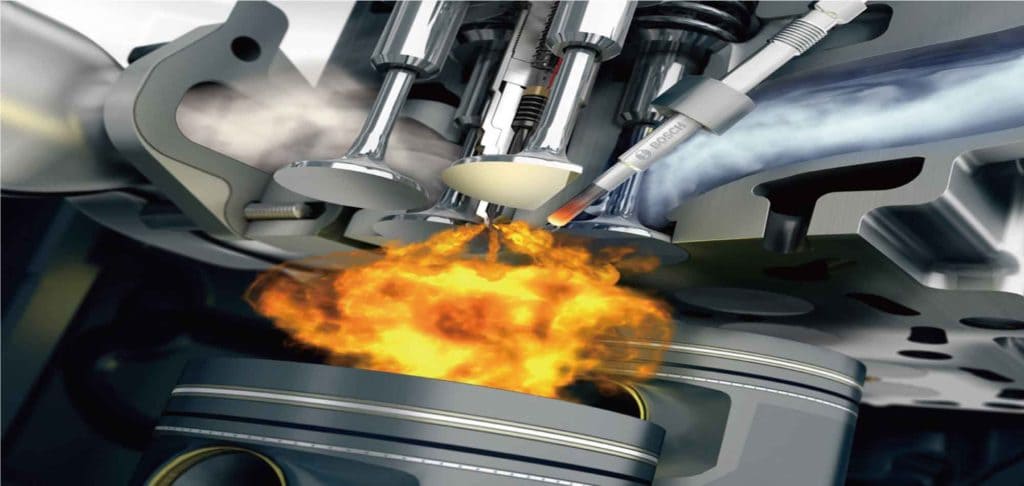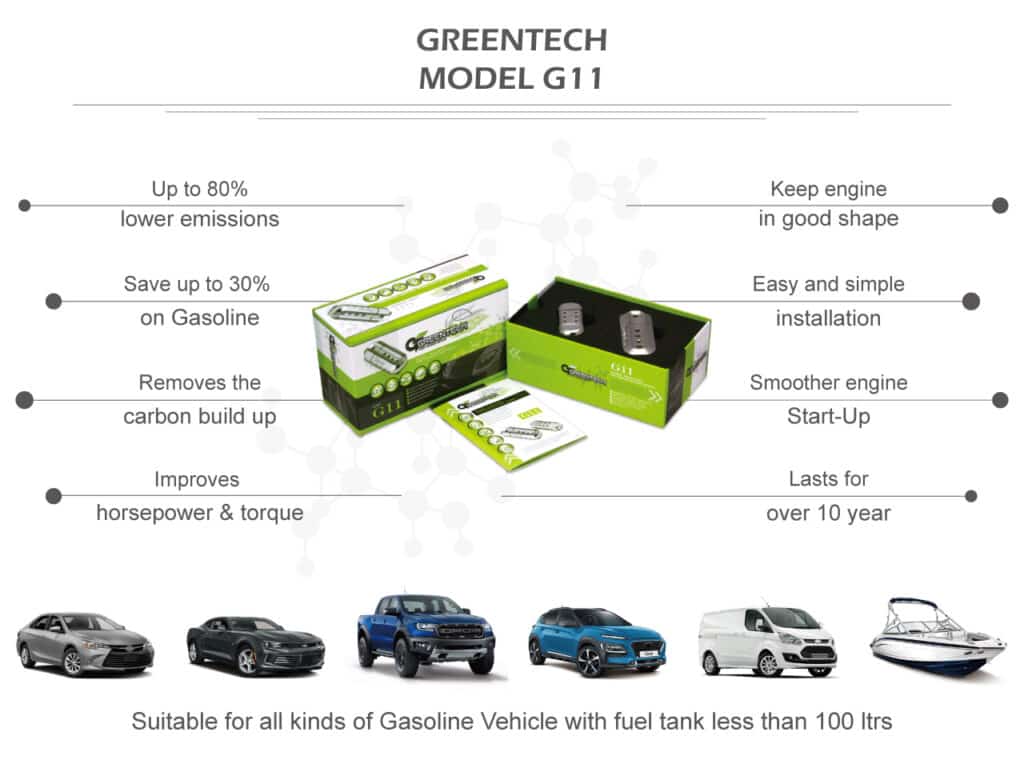Fuel 101: Techniques For Drivers To Conserve Fuel

Drivers can save fuel and money by learning how different driving behaviors affect fuel efficiency and implementing fuel-saving measures. The quantity of fuel your vehicle uses is mainly determined by how you drive. For more information about driving effectively, see the information briefed below. So, without further ado, let us get going:

1. Slow Down And Drive Conservatively
As a result of tire rolling resistance and air resistance, speeding increases fuel consumption and affects fuel economy. While automobiles achieve excellent fuel efficiency at various speeds, gas mileage drops dramatically at 50 miles per hour (mph).
For light-duty vehicles, for example, every five mph beyond 50 mph is the equivalent of paying $0.17 more per gallon of gas (based on a $2.39 per gallon gas price). Reducing your speed by ten mph can increase your fuel consumption by 7%–14%.
2. Combine Your Trips
Combining journeys can save you time and money by avoiding unnecessary vehicle stops and starts, which can be a problem in colder locations where your engine takes longer to reach its most fuel-efficient temperature. In addition, shorter journeys can use twice as much fuel as a single long, multi-purpose trip covering the same distance.
When the engine is warm, it is in its most ideal fuel consumption temperature. With cold engine oil, friction between the engine and gearbox increases, making the engine less efficient. Trip planning might help you travel less distance and spend less time driving with a cold engine.
3. Reduce Vehicle Load
The extra weight of objects left in a vehicle necessitates more gasoline to propel the car. For example, adding 100 pounds to your trunk can reduce your fuel economy by around 1%. Hauling rooftop cargo adds drag, affecting fuel economy by 2% to 8% in city travel, 6% to 17% on the highway, and 10% to 25% at 65–75 mph. You can reduce your vehicle’s fuel usage by offloading any extra things.
4. Get Feedback on Your Vehicle
It may be difficult for drivers to detect opportunities to save fuel while driving. However, instantaneous or in-vehicle feedback affects driver behavior and improves fuel economy on average by 6.6 percent, according to a 2018 study (PDF) by the National Center for Sustainable Transportation.
Moreover, it can make even more significant driving improvements when combined with other strategies, such as driver training or performance-based rewards. Vehicle makers are increasingly using in-vehicle displays to provide immediate feedback to drivers.
5. Get A Fuel Saver!

Finally, there are other aftermarket gadgets and solutions for fuel-saving as it is not only beneficial for your car but also the environment. Greentech Fuel saver can help you prevent carbon accumulation in the engine, reduce fuel consumption, and increase the lifespan of spark plugs and horsepower. It has no negative impacts on the vehicle as no chemical, electrical, or magnetic connectivity is involved.
Conclusion
Cruise control can help drivers maintain a consistent speed on the highway; automobiles waste the most energy when accelerating. Following the speed limit, accelerating, and braking gently and gradually, reading the road ahead can increase your vehicle’s fuel economy by 15%–30% on the highway and 10%–40% in stop-and-go traffic. Of course, driving more cautiously is also a lot safer for you and others. However, if you want to go the extra mile and give back to the planet, get in touch with Greentech today and get one step closer to conserving the environment.







